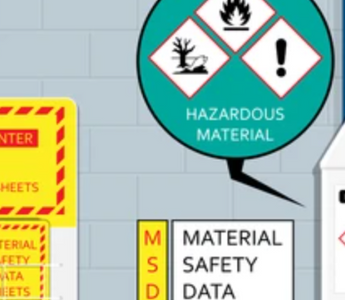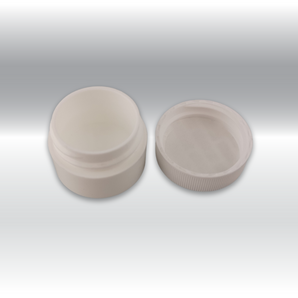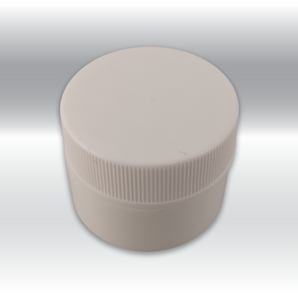Let’s dive into the world of Safety Data Sheets (SDS) and explore their significance.
What is an SDS? An SDS, or Safety Data Sheet, is a comprehensive document that contains detailed information about a specific substance or mixture used in workplaces. Initially developed by the United Nations, SDSs are an integral part of the Globally Harmonized System of Classification and Labelling of Chemicals (GHS). These sheets serve as a safety net, providing critical information to ensure the safe handling and use of hazardous substances in the workplace.
Safety Data Sheets provide more detailed hazard information about the product than the label. They are an important resource for workplaces and workers to help you learn more about the product(s) used. They tell users what the hazards of the product are, how to use the product safely, what to expect if the recommendations are not followed, how to recognize symptoms of exposure and what to do if emergencies occur.
Safety Data Sheets are required to be accurate at the time of sale.
Key Components of an SDS:
An SDS typically includes the following information:
- Properties of each chemical
- Physical, health, and environmental hazards associated with the chemical.
- Protective measures
- Safety precautions for handling, storing, and transporting the chemical.
Why Are SDSs Important to Customers?
A Safety Data Sheet will be required to be updated when the supplier becomes aware of any significant new data. If there is new information that changes how the hazardous product is classified, or when there are changes to the way you will handle or store or protect yourself from the hazards of the product.
Suppliers have an ongoing responsibility to make sure Safety Data Sheets and labels are accurate and compliant.
In summary, SDSs play a crucial role in maintaining a healthy and safe work environment by providing vital information about hazardous chemicals. They empower individuals to handle substances safely and respond effectively during emergencies.
Product SDS sheets for Industrial Plastics & Paints products can be found on the respective Product Page of this website.
If we have missed one please send us an email!



